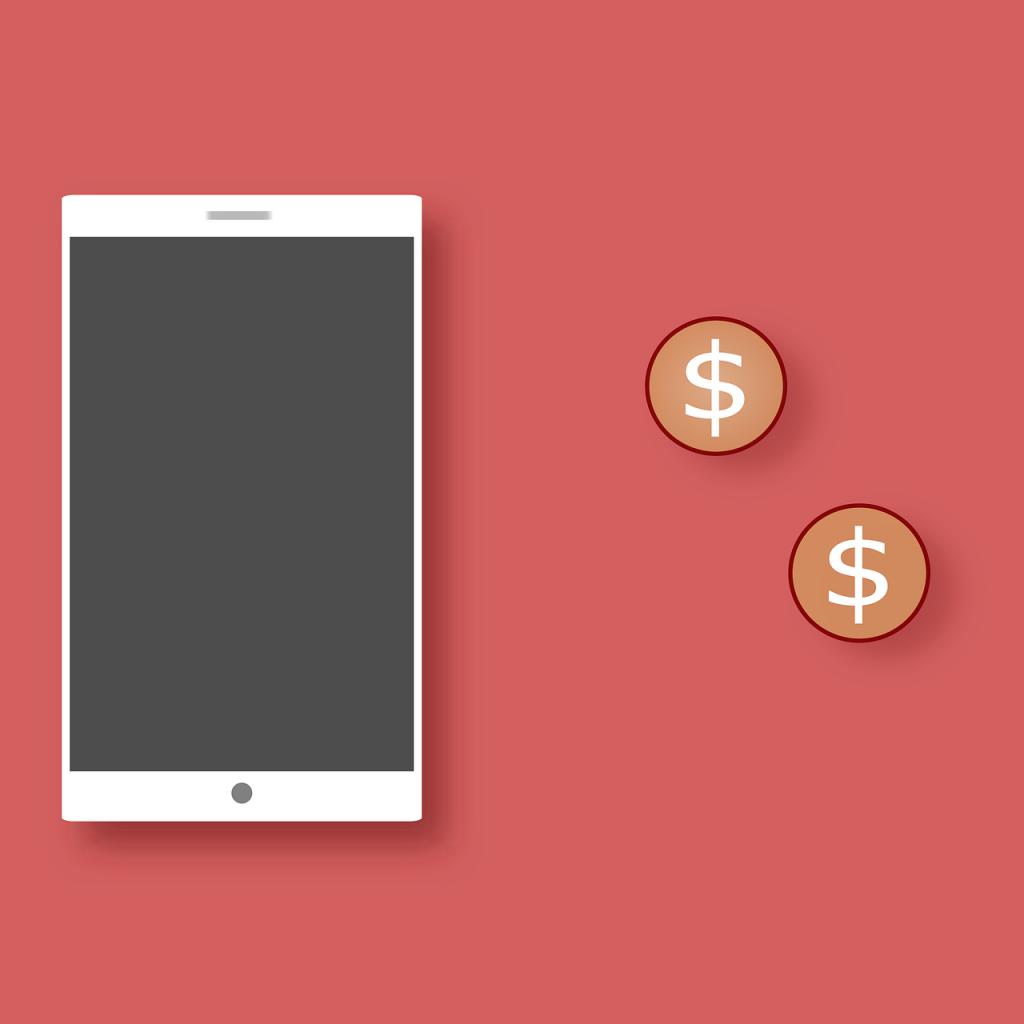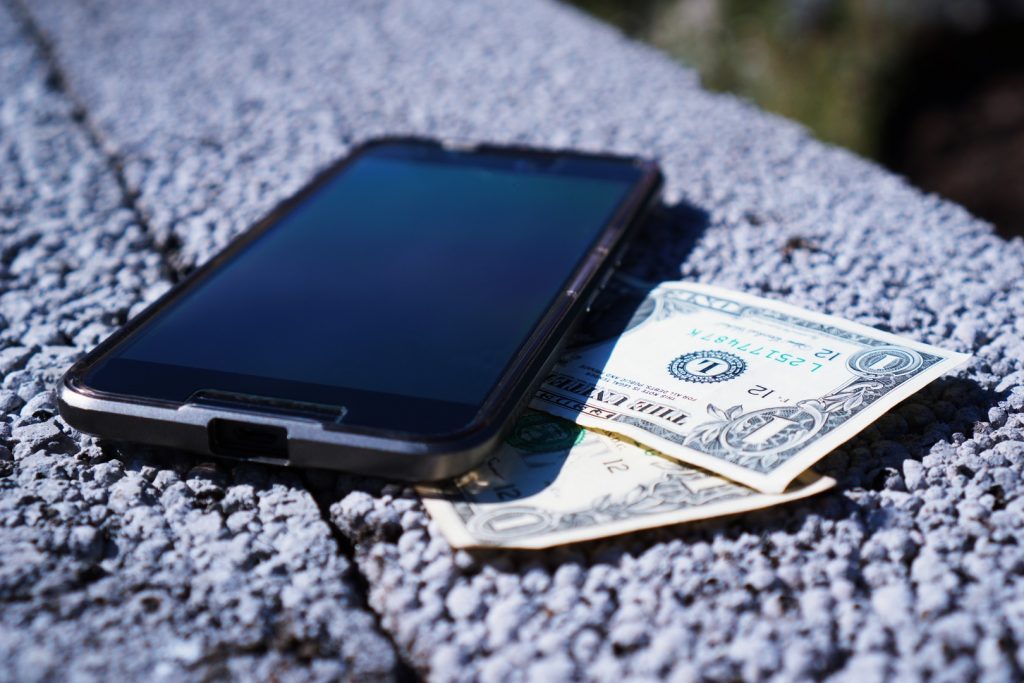Mobile apps are engaging, empowering, and exciting. Why shouldn’t they make you money? Mobile apps for almost every category have the potential to make you big money. There is nothing wrong with making some money —you may not make a windfall like they did in the movie “Blackhat,” but if you stop a computer hacker who murders people like they did you deserve to be well off.
Even if your brand is just starting out on its mobile app journey, it makes a lot of sense to understand the channels of revenue generation that you would like to explore with your apps sometime in the future.
By understanding the methods of monetizing mobile apps in a sustainable manner, you can work closely with your IT team or third-party developers to build apps that can support these models. Here’s the “quick” and “smart” guide to monetizing mobile apps.
Freemium: Free + premium
The freemium model has worked wonders for many businesses already, whose app-ified products are based on the idea of “try before you buy.” The freemium model works by offering free app use to end users, primarily to help them experience the app, and hopefully get hooked on to the product (content, SaaS, etc.).
To get more of the same, users need to pay. The pricing models could differ from monthly subscriptions to “pay as you use.” Gaming apps use the freemium model to great effect; a swrve.com study suggests that 64 percent of freemium gamers make a purchase every single month. Dropbox and LinkedIn apps also use the same model; so it works for many more industries apart from gaming.
In-app purchases

Here’s the most obvious option. Chances are you’ve played your fair share of games with in-app purchases. The model can be extended to apps from any category. However, the critical success factor here is the ability to strike a balance between the app usage experience and purchase call to action (CTAs).
It’s too easy to defile user experience by peppering them with in-app purchase prompts. Instead, look to deliver value-adding experiences before promoting related in-app purchases. Take Trulia as an example. The real estate listing search app offers contact numbers of area real estate agents based on the zip codes within which a user is looking for properties.
To make the in-app purchase model a success for your application, invest some diligence in deciding:
- The most valuable propositions you can offer for purchase.
- The most viable points within the app experience where the CTAs can be placed.
Subscriptions
Subscriptions are an excellent model to activate sustainable streams of recurring revenue. This model is mostly relevant for apps that broadcast content to audiences.
The key to success with building revenue through a subscription model is to lay unflinching focus on producing gripping content on a regular basis, to keep the audience engaged and motivated to come back for more.
This calls upon developers the art of designing engaging interfaces, the app’s ability to suggest highly likable content, and to enable the app for frequent experience upgrades. These essentials keep your app in the minds of users, preventing them from unsubscribing and switching to a competing app.
Advertisements within your mobile apps

Employing advertisement services to showcase relevant ads within your app – that’s one of the more basic app monetization models. This model is particularly useful for apps offering free content. To be able to earn considerable revenue from this model, you need a massive user base, and need highly contextual and relevant advertisements that gel with the content of the app.
Some of the commonly used ad formats are:
- Text ads
- Native ads
- Banner ads
- Video ads
- Interstitial ads
The average eCPM for banner ads is around $0.25 and that for interstitials is $1.86. Video ads have average eCPM higher than $3, which is pretty impressive. As per HIS Markit report, the in-app advertisements industry is growing, and expected to be worth $50 billion by 2020.
Next up, let’s cover some of the time-tested and proven effective approaches to monetizing your apps. Though you may not want to rush to monetize anything as Eduardo Saverin wanted to do with Facebook. But he still ended up a billionaire so he still came out ahead. That algorithm worked! And Mark Zuckerberg knows all about that – as shown in that movie “The Social Network.”
Build a fanbase before monetizing

To monetize your mobile apps, you need a target audience. To build a target audience, you need a large user base. By putting a wall of “premium” and “subscribe” in front of your app experience, however, you’re blocking the influx of users. This becomes a bit of a puzzle.
The solution is to offer valuable and free app experience to users upfront. The purpose here is to build a massive user base. Then, based on demographics and other details, as well as their app engagement data, you can build highly nuanced and differentiable segments. These segments eventually serve as your target audience. Offer customized propositions that fit the “need profile” of these audiences. This approach helps you drive your monetization campaign ROIs up.
Simplify technology to make customers stick
It can be tempting to overload your mobile app with advanced features and functionalities just because you have the technical firepower to do so. Should you do that? Here are a couple of stats:
- 90 percent of mobile apps are just used once and then deleted.
- Only 16 percent of users are willing to give a second chance to mobile apps.
This means that first impressions is the only impression you’ll make on your app users. All the monetization efforts will only bear fruit if your mobile app offers a simplified and highly value-adding experience. This is why your focus must be on delivering app-only specialty experiences (for example, an app only price deal).
Use email and SMS to motivate purchases
A major trouble with app monetization is that the CTAs tend to interfere with the app-use experience. Invariably, users have a specific action in mind when the prompt to purchase hits them. This causes them to subconsciously dismiss the idea of purchasing without even evaluating the worthiness of the offer.
By using their phone numbers (for SMS marketing) and their email IDs (for email marketing), you can send them nonintrusive information about the additional value that your app could bring to their store.
Build your audience base
Mobile apps could easily open up new channels for revenue generation for your business. Understand the different monetization models you can choose, develop your app accordingly, and build your audience base before launching the monetization model.



